




There are many variations of passages available, but the majority have suffered alteration in some form, by injected humour, or randomised words which don't look even slightly believable.
Mysore, often referred to as the "City of Palaces," is a culturally rich and historically significant city located in the southern part of India, in the state of Karnataka. Renowned for its majestic palaces, vibrant festivals, intricate architecture, and flourishing silk industry, Mysore attracts tourists and historians alike.
The city is perhaps best known for the breathtaking Mysore Palace, a magnificent example of Indo-Saracenic architecture. Illuminated by thousands of lights during the annual Dasara festival, the palace becomes a mesmerizing sight, drawing visitors from all over the world.
Apart from the palace, Mysore is also famous for its well-preserved colonial architecture, bustling markets, and lush gardens. The Chamundi Hill, crowned by the Chamundeshwari Temple, offers a panoramic view of the city and is a significant religious site for Hindus.
Mysore is deeply rooted in tradition and is a hub of classical music, dance, and art. The city's rich heritage is showcased through its vibrant cultural events, including the world-famous Mysore Dasara, a ten-day celebration that honors the victory of good over evil.
The city is also renowned for its silk sarees, known as Mysore silk, which are characterized by their exquisite craftsmanship and intricate designs. The Devaraja Market is a bustling bazaar where one can experience the vibrant colors, aromas, and flavors of Mysore.
With its blend of history, culture, and natural beauty, Mysore continues to enchant visitors, offering a glimpse into India's rich past and vibrant present.
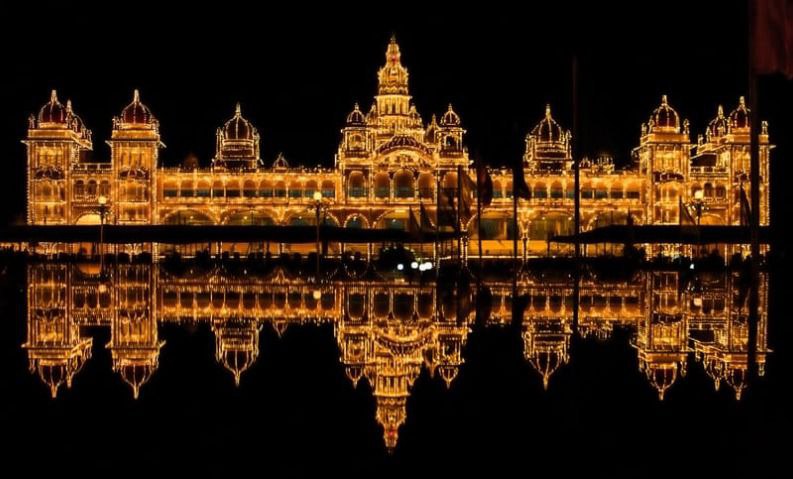
Bangalore, the capital city of Karnataka, is a bustling metropolis known for its vibrant culture, technological advancements, and rich heritage. While it's often recognized as India's Silicon Valley due to its thriving IT industry, Bangalore also has a deep-rooted historical and cultural significance.
One of the prominent aspects of Bangalore's heritage is its architectural landmarks. The city showcases a blend of ancient and colonial-era buildings alongside modern structures. The Bangalore Palace, inspired by the Tudor-style architecture, is a majestic edifice reminiscent of the city's royal past. Built in the 19th century, it features intricately designed interiors, sprawling grounds, and stunning gardens, offering visitors a glimpse into the opulent lifestyle of the erstwhile Maharajas of Mysore.
Another iconic heritage site in Bangalore is the Vidhana Soudha, the seat of the state legislature. This imposing building, constructed in the Neo-Dravidian style, is a symbol of Karnataka's democratic governance and architectural prowess. Its grandeur is further enhanced by the illuminated facade, especially during special events and celebrations.
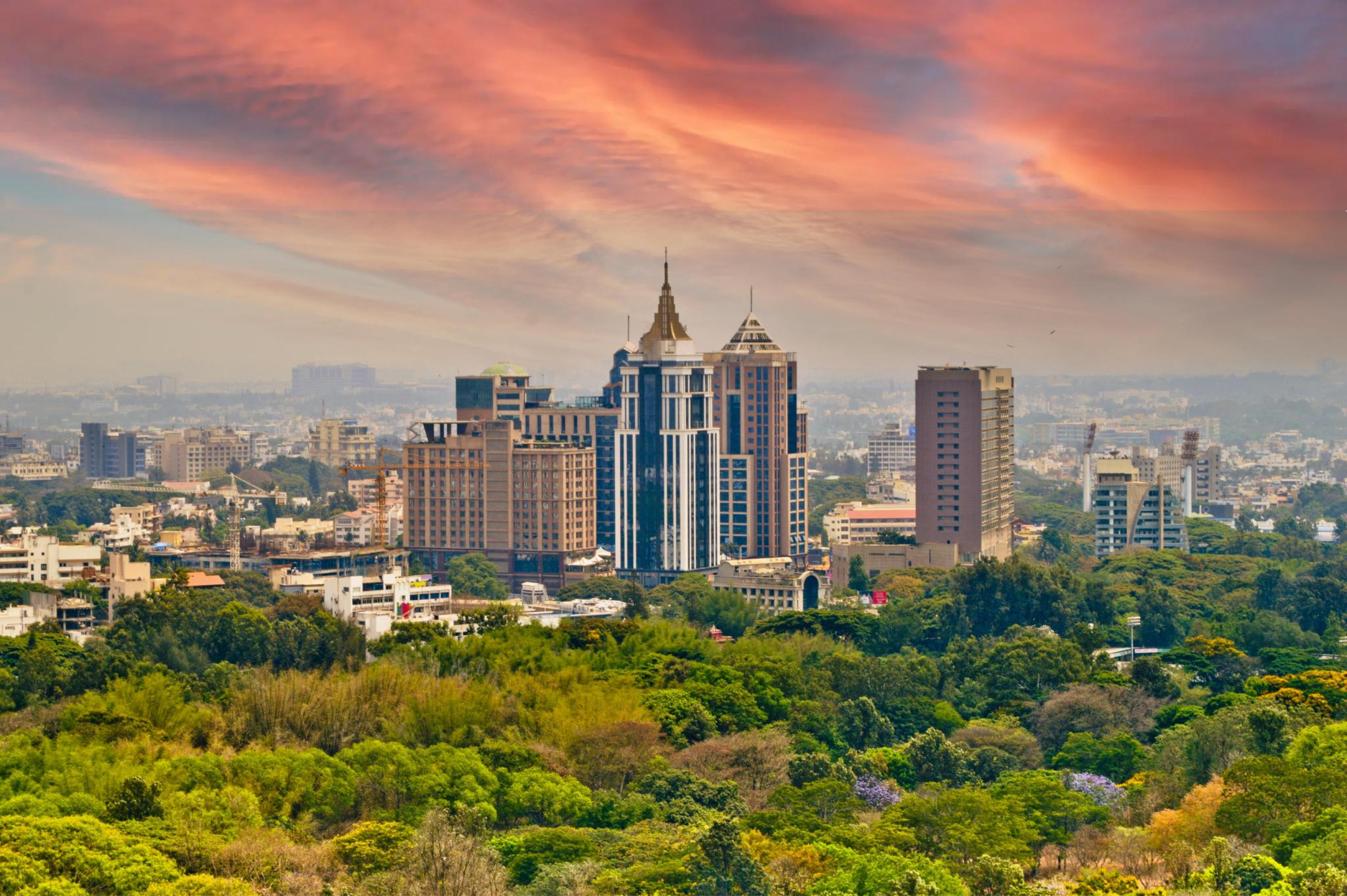
Chikmagalur, a picturesque town nestled in the Western Ghats of Karnataka, India, is renowned for its natural beauty, coffee plantations, and rich cultural heritage. While it might not boast grand palaces or monumental structures like some other cities, Chikmagalur possesses a heritage deeply rooted in its traditions, landscapes, and communities.
One of the most significant aspects of Chikmagalur's heritage is its association with coffee cultivation. The town is often referred to as the "Coffee Land of Karnataka" due to its vast expanses of coffee estates dating back to the 17th century. The cultivation of coffee in Chikmagalur has not only shaped the local economy but also influenced the region's culture and lifestyle. Visitors to Chikmagalur often have the opportunity to tour these plantations, learn about the coffee-making process, and sample freshly brewed coffee, immersing themselves in the area's rich agricultural heritage.
Chikmagalur is also known for its lush forests, cascading waterfalls, and scenic hills, which have long been integral to the region's cultural heritage. The town is surrounded by verdant forests that are home to diverse flora and fauna, making it a haven for nature lovers and outdoor enthusiasts. Many indigenous communities, such as the Soligas and the Jenu Kurubas, have inhabited these forests for generations, preserving their unique cultural practices, folklore, and traditional knowledge of the land.
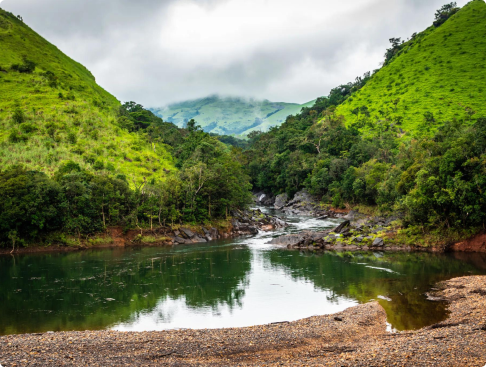
Ooty, officially known as Udhagamandalam, is a charming hill station nestled in the Nilgiri Hills of Tamil Nadu, India. It's renowned for its cool climate, lush landscapes, and colonial-era charm. The heritage of Ooty is multifaceted, encompassing its natural beauty, colonial architecture, cultural diversity, and historical significance.
Ooty's colonial heritage dates back to the early 19th century when it was established as a hill retreat by the British. The town's architecture still reflects this colonial influence, with quaint cottages, churches, and government buildings dotting its landscape. The Stone House, built in 1822, is one of the oldest structures in Ooty and serves as a reminder of its colonial past. The St. Stephen's Church, constructed in 1831, is another prominent landmark known for its Gothic architecture and beautiful stained glass windows.
Ooty's natural heritage is one of its most significant assets. The town is surrounded by verdant tea gardens, rolling hills, dense forests, and sparkling lakes, making it a paradise for nature lovers. The Nilgiri Mountain Railway, a UNESCO World Heritage Site, is a testament to Ooty's natural beauty. This historic railway, built in the late 19th century, traverses through picturesque landscapes, offering breathtaking views of the Nilgiri Hills and tea plantations.
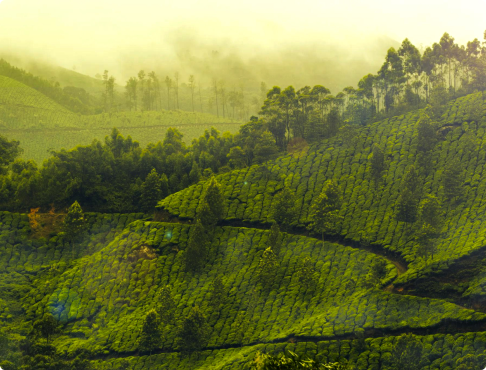
Coorg, officially known as Kodagu, is a picturesque district located in the Western Ghats of Karnataka, India. It's renowned for its lush greenery, mist-covered hills, coffee plantations, and rich cultural heritage. The heritage of Coorg is deeply rooted in its history, traditions, customs, and natural landscapes.
One of the most significant aspects of Coorg's heritage is its ethnic diversity and unique cultural identity. The indigenous people of Coorg, known as Kodavas, have a rich and distinct heritage that sets them apart from other communities in the region. The Kodavas have their own language, Kodava Takk, and a rich oral tradition of folklore, songs, and rituals that celebrate their history and way of life. Traditionally, Kodavas are known for their martial prowess, agriculture, and close-knit community bonds.
Coorg's architectural heritage is a blend of indigenous styles and colonial influences. Traditional Kodava homes, known as "ainmanes," are characterized by their distinctive architecture featuring sloping roofs, wooden pillars, and intricate carvings. Many of these ancestral homes have been preserved as heritage sites, offering visitors a glimpse into the traditional lifestyle of the Kodava community. Additionally, Coorg also boasts colonial-era bungalows, churches, and government buildings that reflect its historical ties with the British.

Coorg is home to a diverse range of religious communities, each contributing to the region's cultural tapestry. Hinduism, Islam, and Christianity are the predominant religions practiced in the area. The Omkareshwara Temple, dedicated to Lord Shiva, is one of the most famous Hindu temples in Coorg, renowned for its unique architectural style blending Hindu and Islamic influences. Other notable religious sites include the Bhagamandala Temple, Talakaveri Temple, and the St. Anne's Church in Madikeri.
Wayanad, often spelled as Wynad, is a picturesque district located in the northeastern part of Kerala, India. Nestled in the Western Ghats, Wayanad is known for its lush greenery, misty mountains, serene lakes, and rich biodiversity. The region's heritage is deeply intertwined with its natural beauty, indigenous communities, historical sites, and cultural traditions.
One of the most significant aspects of Wayanad's heritage is its indigenous communities, such as the Paniyas, Kurichiyas, and Kurumas, who have inhabited the region for centuries. These indigenous tribes have a rich cultural heritage, characterized by unique customs, rituals, folk dances, and traditional knowledge of the land. Many of them continue to practice traditional occupations like agriculture, handicrafts, and forest-based livelihoods, preserving their ancestral way of life amidst modern developments.
Wayanad has a rich historical heritage dating back to ancient times. The region is dotted with ancient temples, stone carvings, and archaeological sites that bear testimony to its rich past. The Edakkal Caves, located atop Ambukuthi Hills, contain petroglyphs and cave paintings dating back thousands of years, providing valuable insights into the prehistoric era. The Thirunelli Temple, dedicated to Lord Vishnu, is another significant landmark with a history dating back over a thousand years.
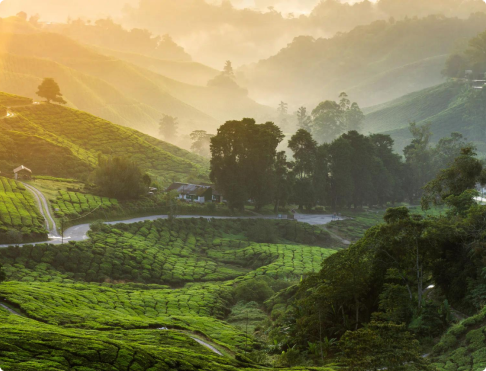
Kodaikanal, a charming hill station nestled in the Palani Hills of Tamil Nadu, India, boasts a rich and diverse heritage that adds to its allure. Here's a glimpse into its heritage
Before the arrival of colonial powers, Kodaikanal was inhabited by indigenous tribes like the Paliyans, Pulaiyans, and Kadar. Their presence and culture have left a mark on the region's heritage.
Kodaikanal's modern history dates back to the early 19th century when it was discovered by the British during their colonial rule in India. They established it as a hill retreat to escape the heat of the plains. Many colonial-era buildings, churches, and structures still stand as reminders of this period.
Christian missionaries played a significant role in the development of Kodaikanal. They established schools, churches, and other institutions, leaving behind a legacy of education and social services. One notable example is the Kodaikanal International School, founded in 1901.
Kodaikanal's heritage isn't just about buildings and structures; it's deeply intertwined with its natural beauty. The lush greenery, pristine lakes like Kodai Lake, and diverse flora and fauna contribute to its heritage as a haven of natural beauty and biodiversity.
Over the years, Kodaikanal has attracted people from various parts of India and the world, contributing to its multicultural heritage. This diversity is reflected in its festivals, cuisine, and artistic expressions.
Kodaikanal's popularity as a tourist destination has grown over the years, shaping its heritage as a place of leisure, relaxation, and adventure. The tourism industry has played a significant role in preserving and promoting its cultural and natural heritage.
